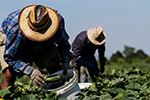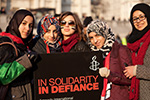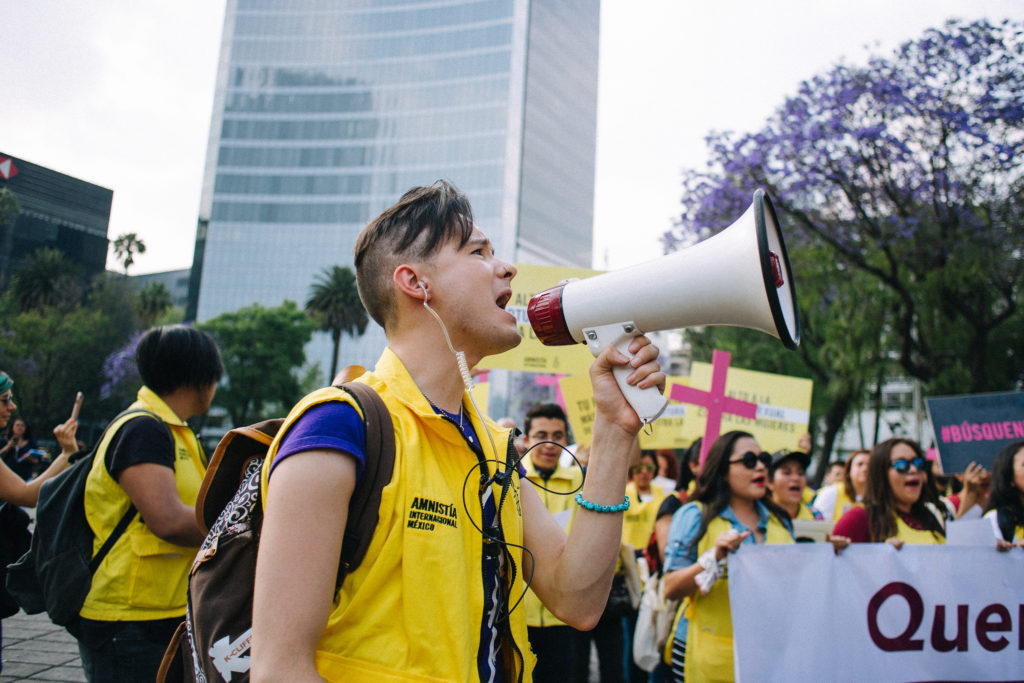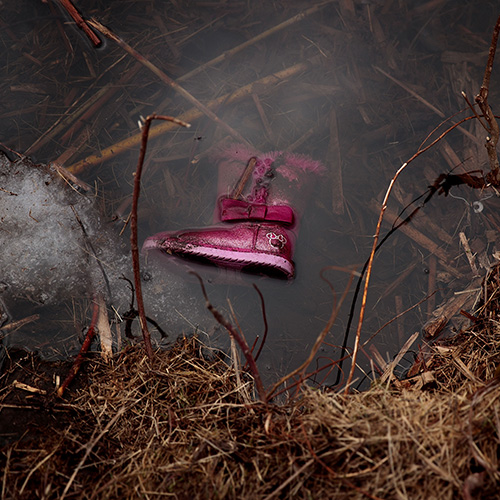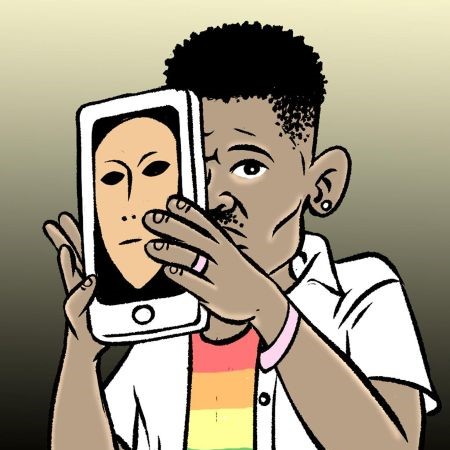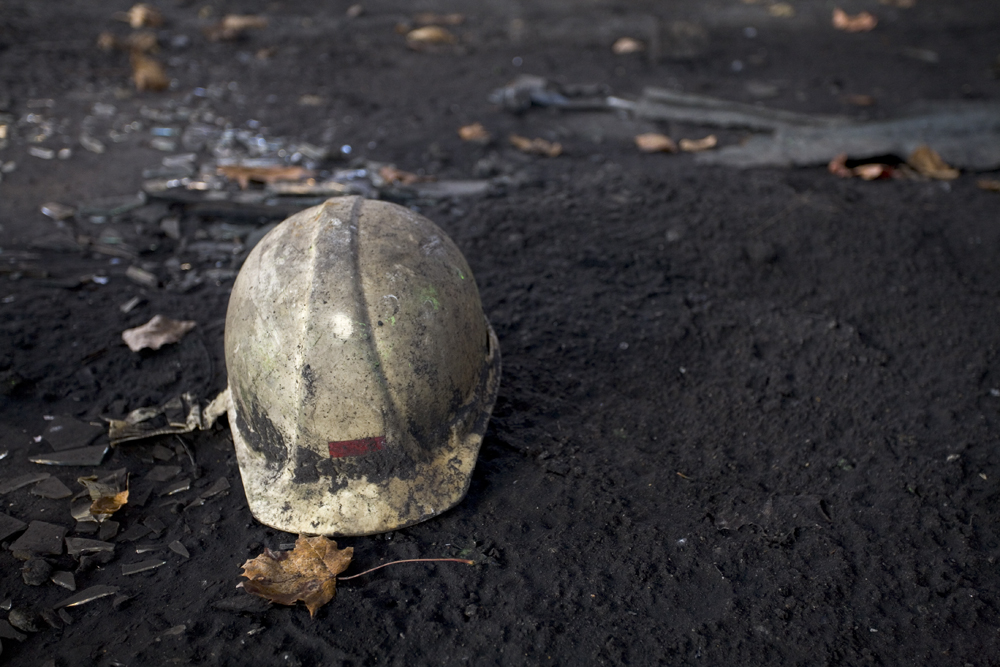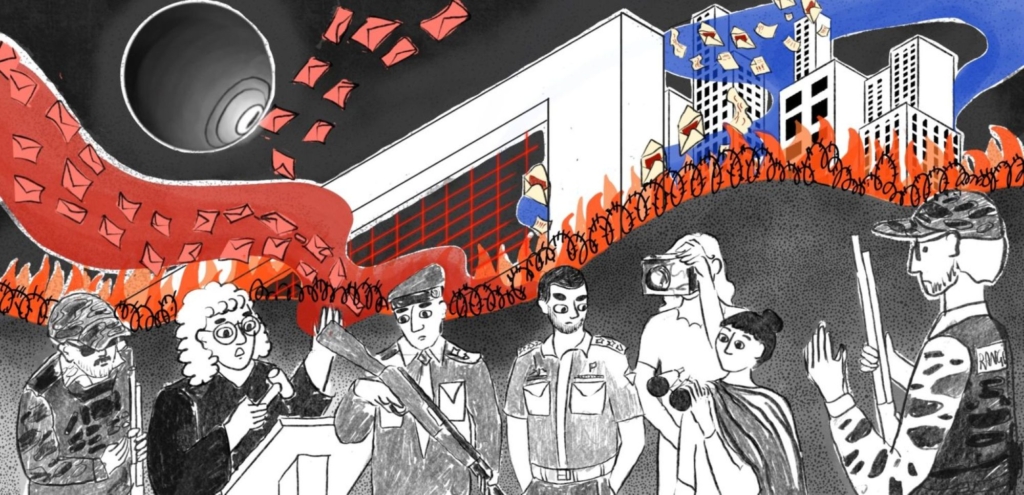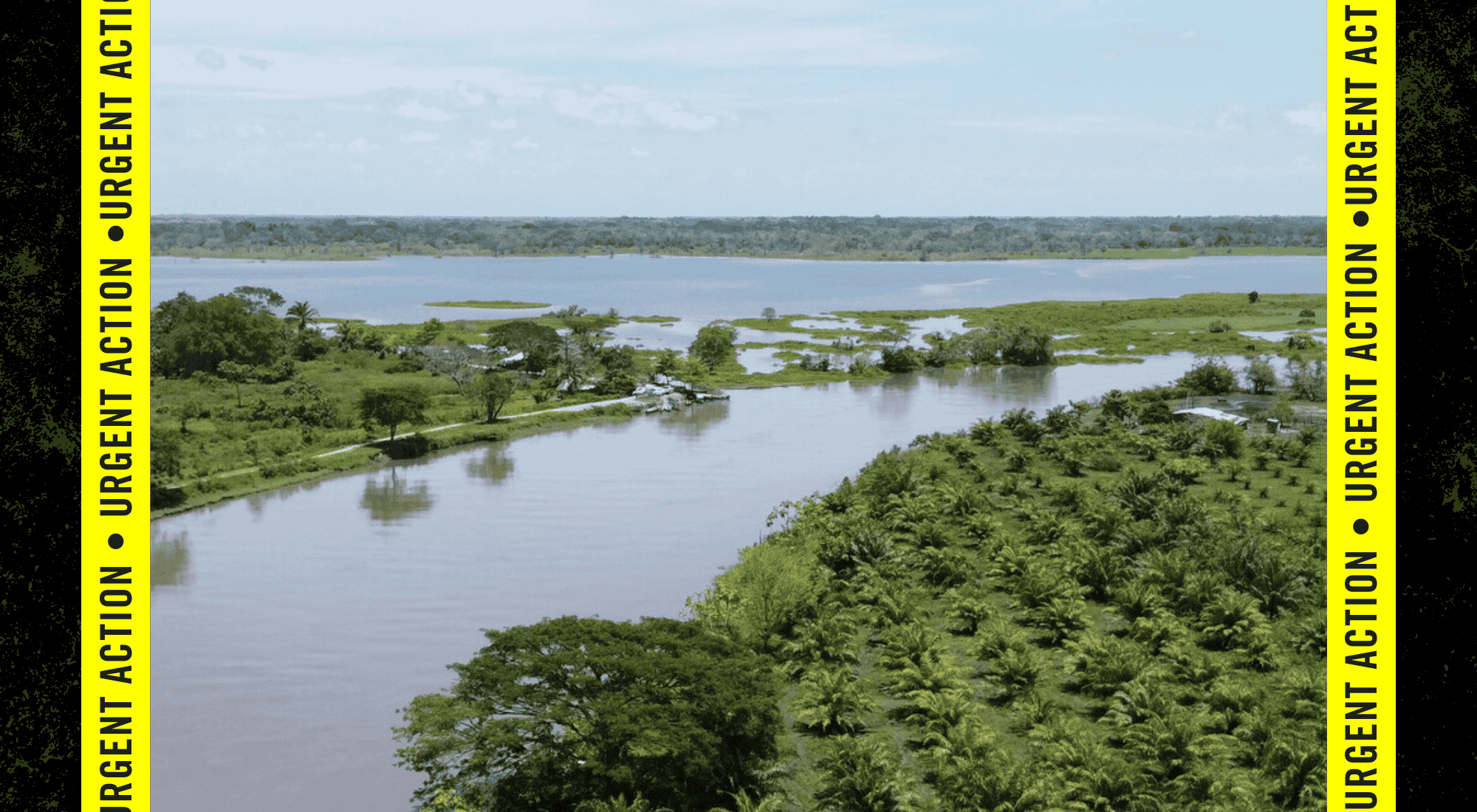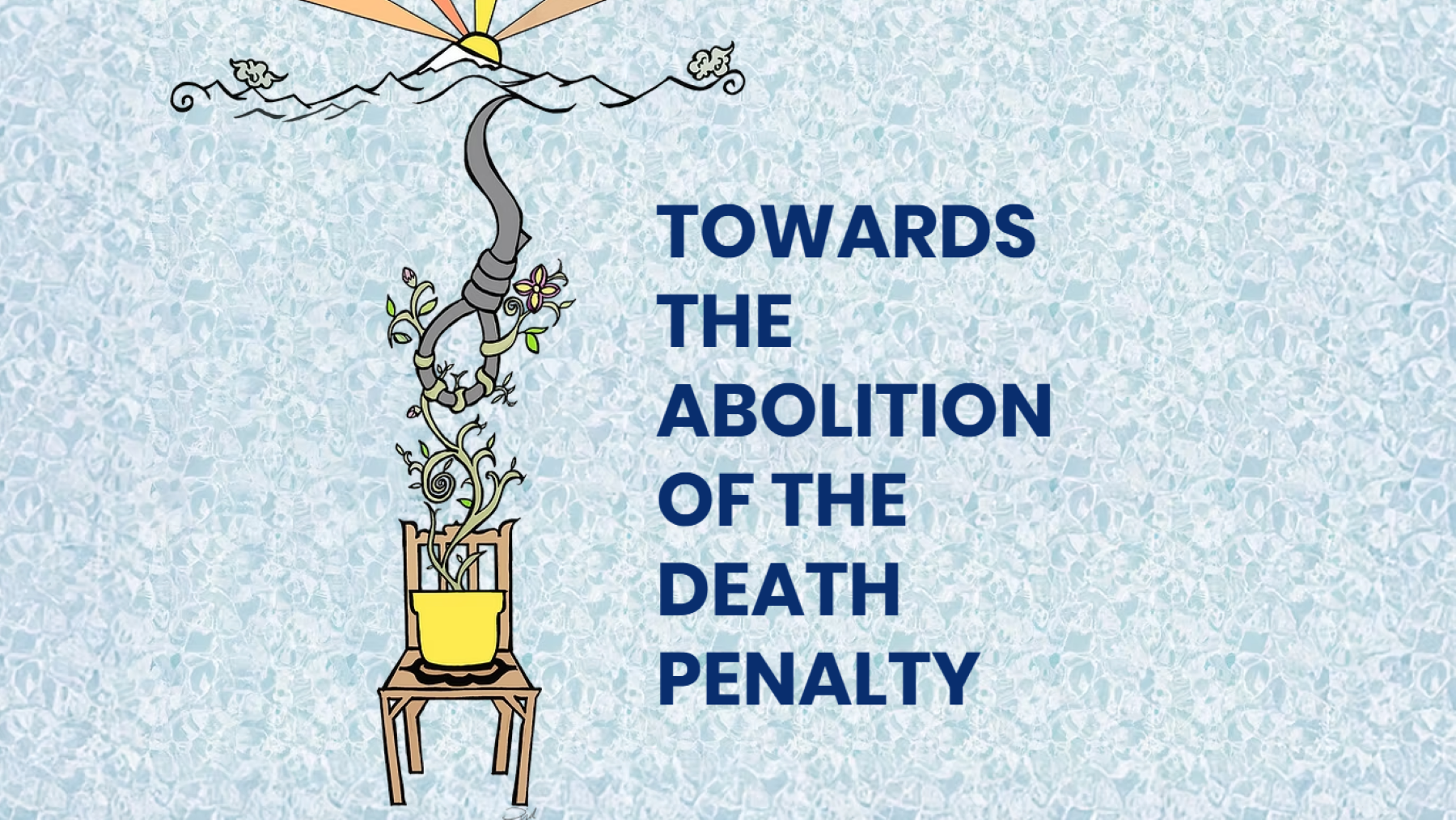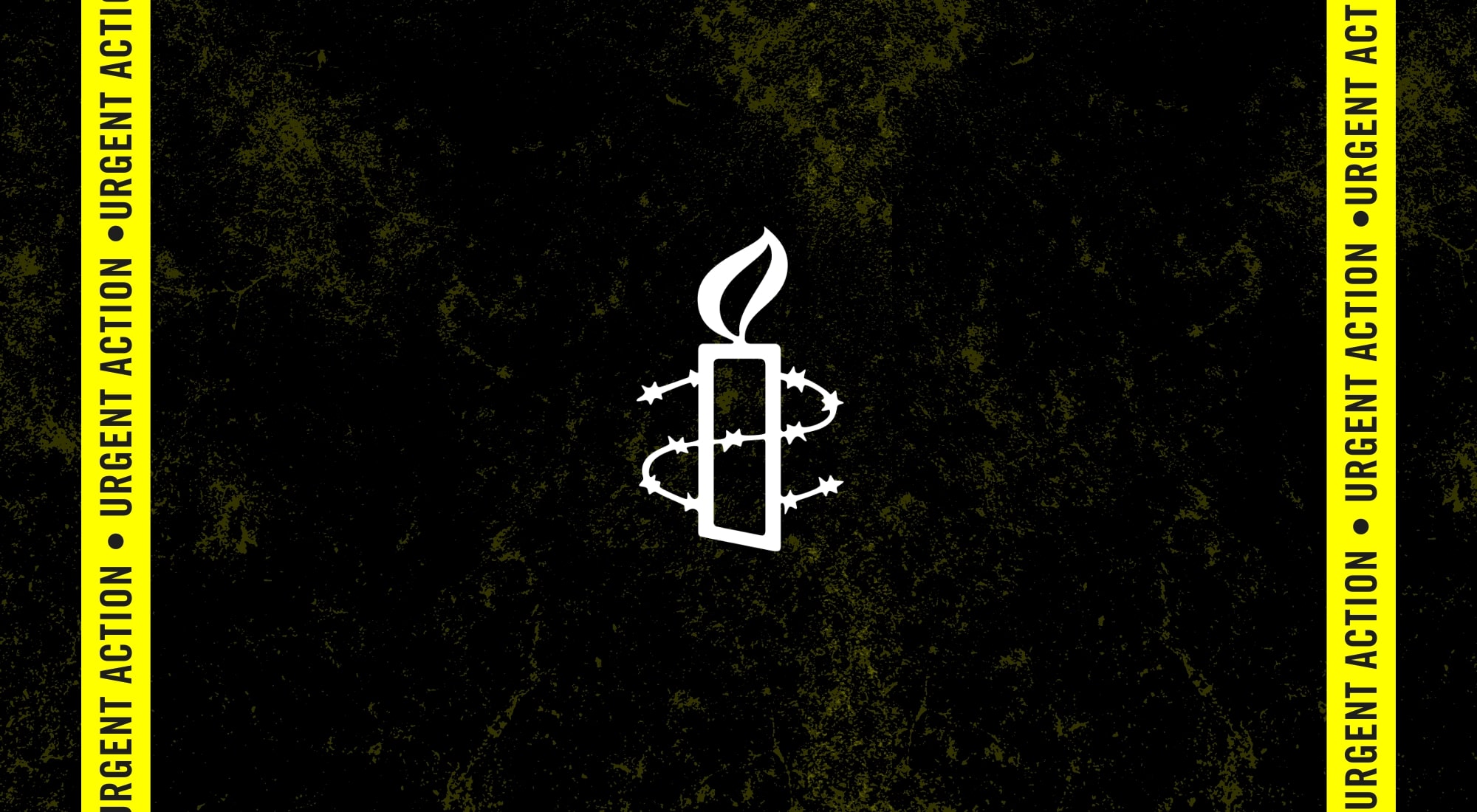By Craig Benjamin and Jackie Hansen
Last month, federal Aboriginal Affairs Minister Bernard Valcourt disclosed previously unreleased RCMP statistics about the numbers of murders committed by Indigenous men. The Minister appears to believe that these figures support the federal government’s current approach to the issue, including the ongoing refusal to hold a public inquiry or initiate a comprehensive, coordinated national action plan.
Nothing could be further from the truth.
Responding to the letter from Commission Paulson, Grand Chief Stewart Phillip, President of the Union of BC Indian Chiefs (UBCIC), stated, “We are absolutely shocked and appalled that the RCMP would hastily release these serious statistics without providing a full, publicly accessible report detailing how they are collecting and compiling this information.”
The police and government response to the issue of violence against Indigenous women and girls was previously framed around the notion of ‘high risk lifestyles’—effectively a vague and sweeping code phrase encompassing poverty, addiction issues, sex work, and hitchhiking. The issue has now been re-cast as domestic violence within the Indigenous community, and publicly available statistics have been misinterpreted and manipulated to fit this framing. Neither framing comprehensively captures the diversity and complexity of the experiences of Indigenous women and girls.
Canadians need accurate and comprehensive statistics on missing and murdered Indigenous women and girls to ensure that the rights steps are being taken to address threats and ensure the safety of all women and girls.
All women have the right to be safe from violence, regardless of who they are or the identity of their attacker
Governments have a fundamental obligation to do everything in their power not only to ensure that attacks on women and girls are fully investigated and those responsible brought to justice, but also to address the social and economic factors putting women and girls at risk.
Until last year, there were no official, national police statistics on missing and murdered Indigenous women and girls—which is, in itself, an indication of the failure of police and government to do all they can to ensure their safety.
Last year, when the RCMP attempted to compile its first report on missing and murdered Indigenous women and girls, it had to deal with the fact that police homicide reports often record the ethnic identity of victims as “unknown.” While the RCMP claim to have successfully resolved the Indigenous identity of the majority of homicides through coordination with the original reporting police forces, they acknowledge that there are no standards or training for police on how to record this information accurately and that police may simply guess or record Indigenous identity based on whether the individual “looks Aboriginal” to them.
All of this raises questions about the accuracy of the RCMP data. But even taking the data at face value, the information released to date demonstrates a clear need for urgent, concerted action.
A shockingly high rate of violence
According to the 2014 RCMP report, at least 1,017 Indigenous women and girls were murdered between 1980 and 2012. This is in addition to 105 Indigenous women and girls who were recorded as missing under suspicious circumstances or for undetermined reasons. Furthermore, these figures entirely leave out the large numbers of unresolved, suspicious deaths not covered by the RCMP report. There are serious, well documented concerns over the adequacy of police investigations when family members have concerns but there is no direct evidence of foul play. Such cases continue to be excluded from the discourse.
Each of these deaths and disappearances should be cause for concern. The need for action is even more apparent when the numbers of murders of Indigenous women and girls is compared to the overall low homicide rate in Canada. In the decade covered by the RCMP report—the period during which the figures are likely to be most accurate—the homicide rate for Indigenous women and girls was roughly 7 times higher for Indigenous women and girls than for all other women and girls in Canada.
Violence in the home, in the community and on the streets
Like other acts of violence against women in Canada, most recorded murders of Indigenous women and girls were committed by an intimate partner or family member. Government officials have focused on the figure that 62% percent of murders of Indigenous women and girls reported by the RCMP were acts of domestic violence. What has been ignored is that the fact that this is actually a significantly lower percentage than in the general population.
According to the RCMP, 74% of murders of non-Aboriginal women are committed by intimate partners and family members. The difference is largely accounted for by a much higher rate of attacks on Indigenous women and girls by individuals outside the family, but still known to the victims—including neighbours, employers and what the police refer to as “authority figures.” In the 22 year period covered by the RCMP, acquaintances were found to be responsible for the murder of more than 300 Indigenous women and girls in Canada. This statistic has largely been ignored by government spokespersons.
Also ignored is the unusually high rate of violence by strangers. Attacks by strangers account for only a small percentage of acts of violence against women and girls, whether the victims are Indigenous or non-Indigenous. But in the case of Indigenous women, while attacks by strangers account for less than 10 percent of homicides, the numbers of such attacks should still be cause for concern. The 2014 RCMP report found that strangers were responsible for the murder of at least 81 Indigenous women and girls.
Attacks by Indigenous and non-Indigenous perpetrators
Over the last week, there has been considerable attention to the claim, now backed up by a letter from the RCMP Commissioner Bob Paulson, that 70% of murders of Indigenous women and girls were committed by people—mostly men—who are themselves Indigenous.
Although this figure had been shared with the government, Commissioner Paulson said that until the Aboriginal Affairs Minister chose to quote the figure, the RCMP had decided not to release the statistic to the public both out of concern not to “stigmatize and marginalize vulnerable populations” and because, in the RCMP’s assessment, the relationship between the victim and the perpetrator is what’s relevant, not the ethnicity of the perpetrator.
Despite the stated concern about stigmatizing and marginalizing vulnerable populations, Commissioner Paulson’s letter does not provide comparative figures for other segments of the population.
It’s generally understood that the majority of acts of violence against women and girls are committed by someone from the same ethnic group or background. As many commentators have pointed out, the unique significance that the government is attaching to the Indigenous identity of many of the perpetrators of violence against Indigenous women and girls is part of a wider social narrative that places the responsibility for violence against Indigenous women and girls solely on Indigenous communities themselves.
This narrative ignores the other side of the coin: that the same RCMP statistics would suggest that non-Indigenous people are responsible for the murder of more than 200 Indigenous women since 1980. It also ignores the role of discrimination and marginalization in fuelling attacks on Indigenous women and girls, whether by Indigenous or non-Indigenous perpetrators, in pushing Indigenous women into situations of heightened risk of violence, or in denying them adequate supports to escape violence.
The urgent need for real action
The extremely high levels of violence facing Indigenous women and girls, and the pervasiveness of this violence, require urgent, concerted action. Two recent reports from international human rights bodies—the UN Committee on the Elimination of Discrimination against Women and the Inter-American Commission on Human Rights—set out a clear case that current actions being undertaken by the federal, provincial and territorial governments fall far short of what is required to ensure the safety of First Nations, Inuit and Métis women and girls. Governments in Canada must stop making excuses and instead make the safety of Indigenous women and girls a genuine priority, backed up by resources and commitments consistent with the seriousness of this human rights crisis.
Amnesty International has long called for systematic collection and public reporting of police data on the ethnic identity of victims of violent crime as well as the perpetrators. We believe that failure to do so makes it more likely that bias and racist assumptions will be relied on in place of hard facts. It’s clear, however, that this information needs to be handled carefully and respectfully. Police should work with Indigenous peoples’ organizations and others to develop appropriate protocols and training for collecting and sharing this data. And crucially, the interpretation of what this data means, and the action required, needs to be taken outside the political arena. This is why an independent public inquiry into the issue of missing and murdered Indigenous women and girls remains vitally important.
Grand Chief Stewart Phillip, President of the UBCIC, stated, “The RCMP’s piece-meal, sporadic, and dangerously racializing report highlights the urgent need for a national inquiry where this report can be properly evaluated and verified.”
See our related blog post on “Missing and murdered Indigenous women and girls: Understanding the numbers”
Join Amnesty International’s No More Stolen Sisters campaign. #NoMoreStolenSisters









